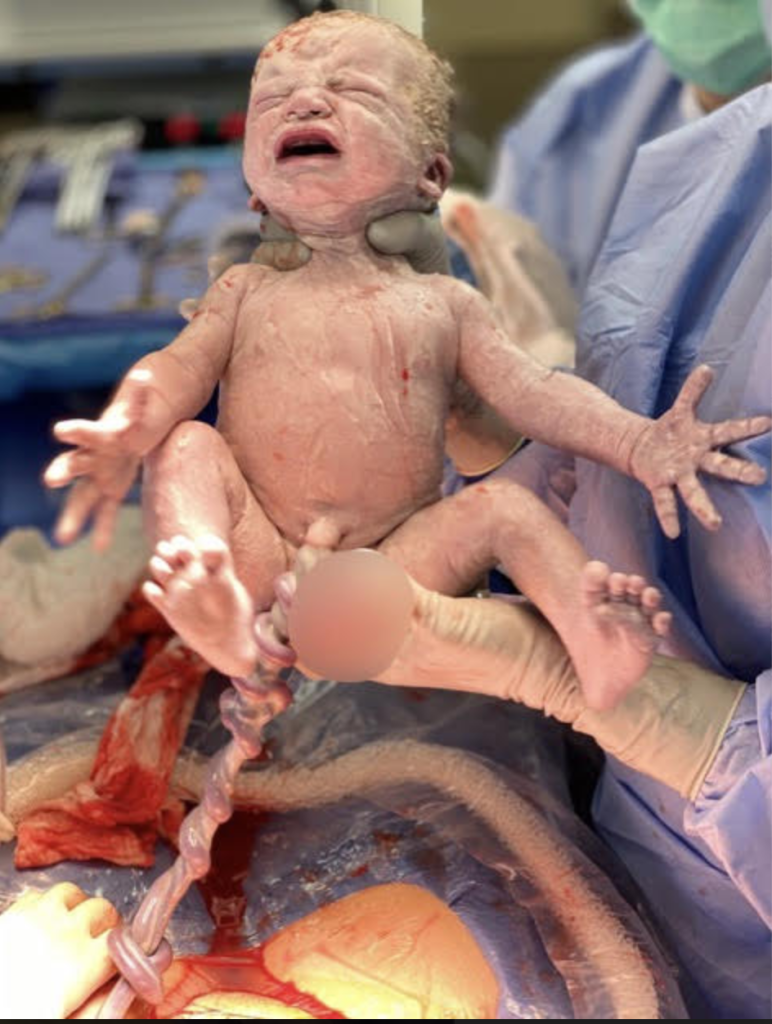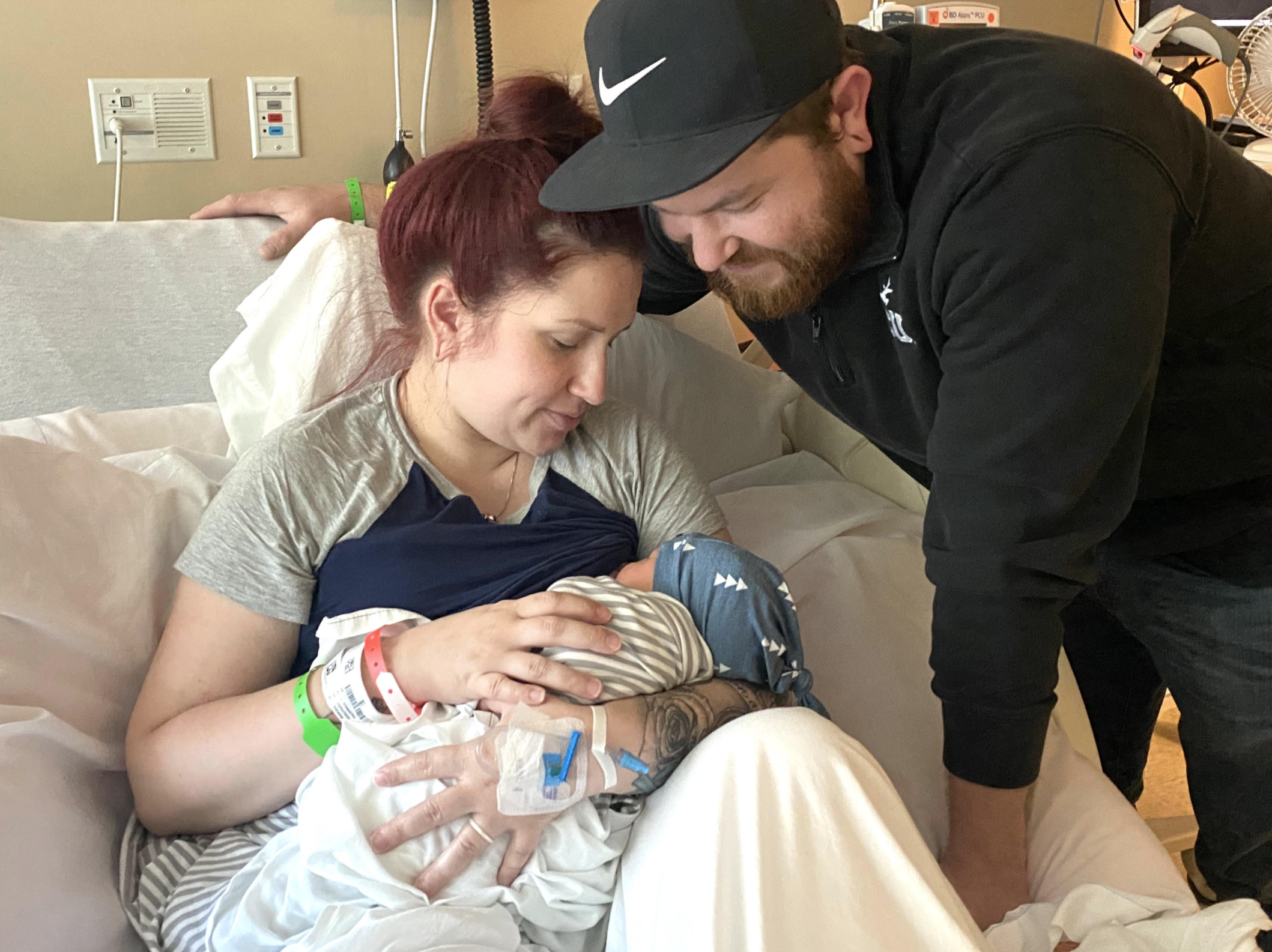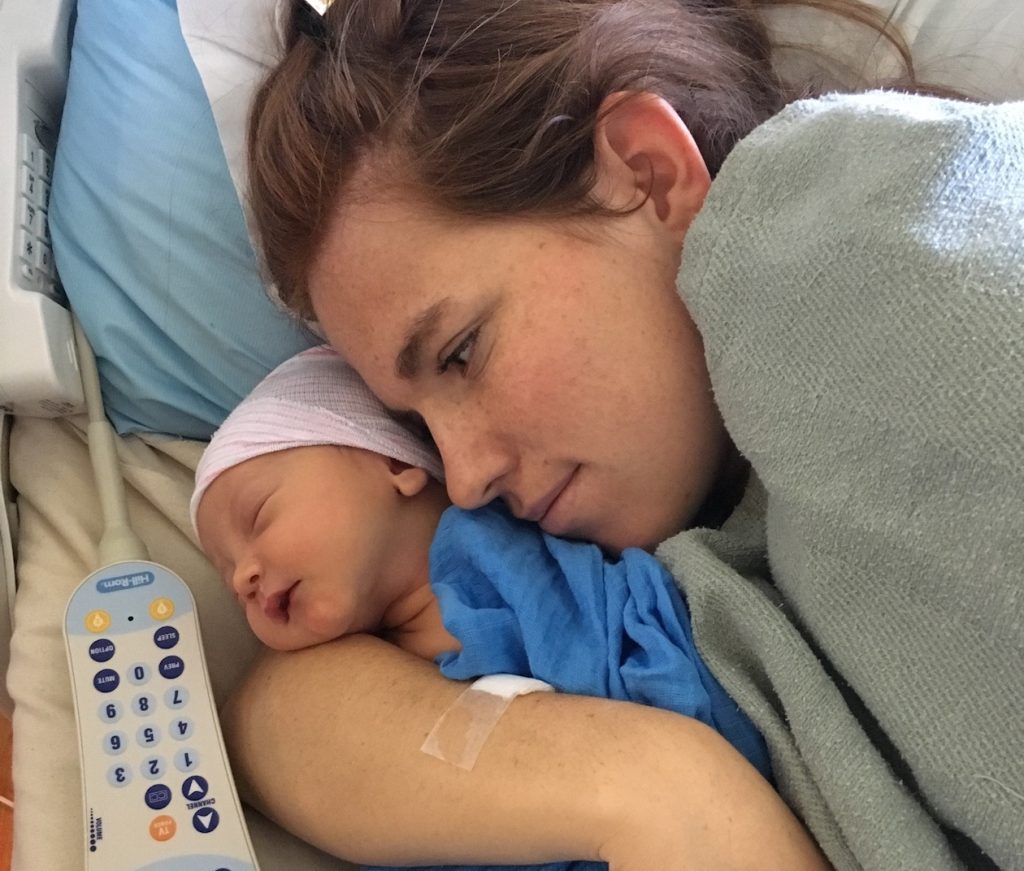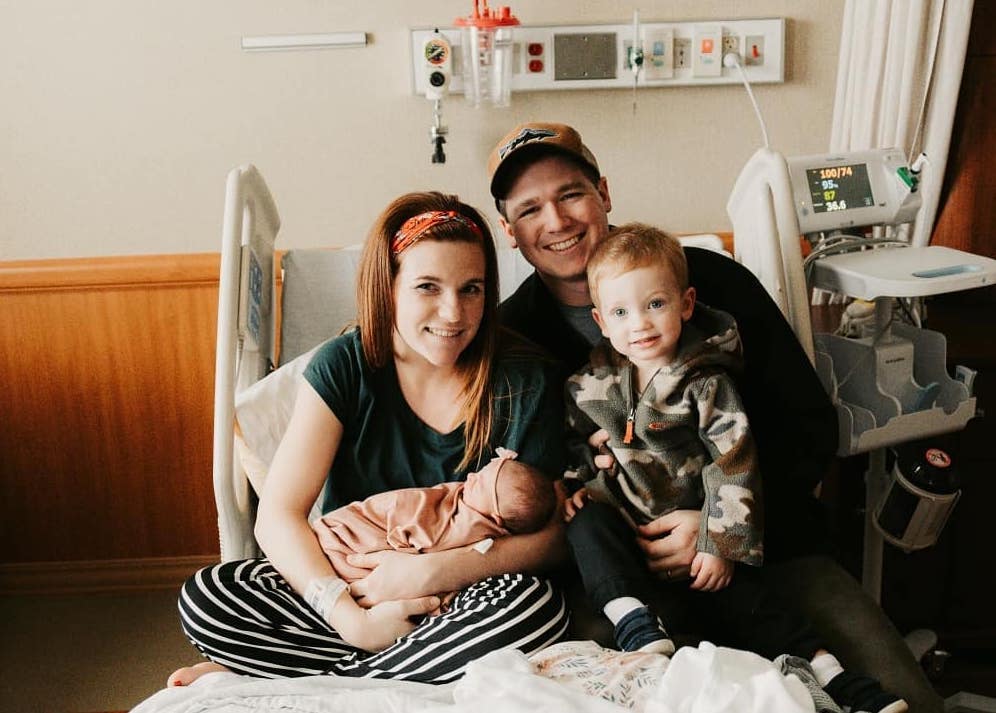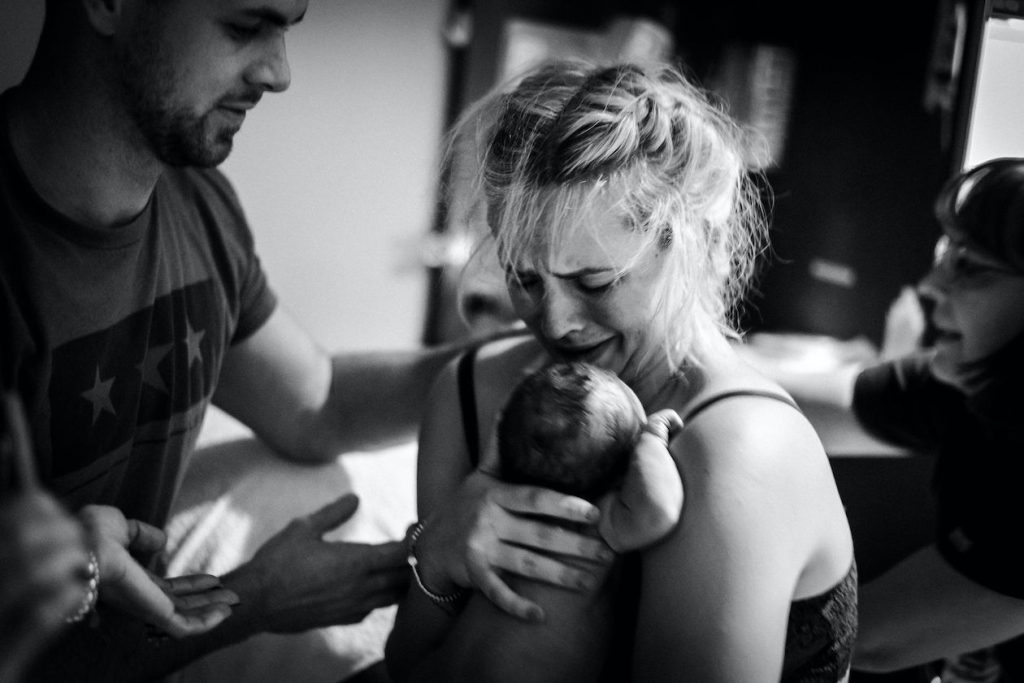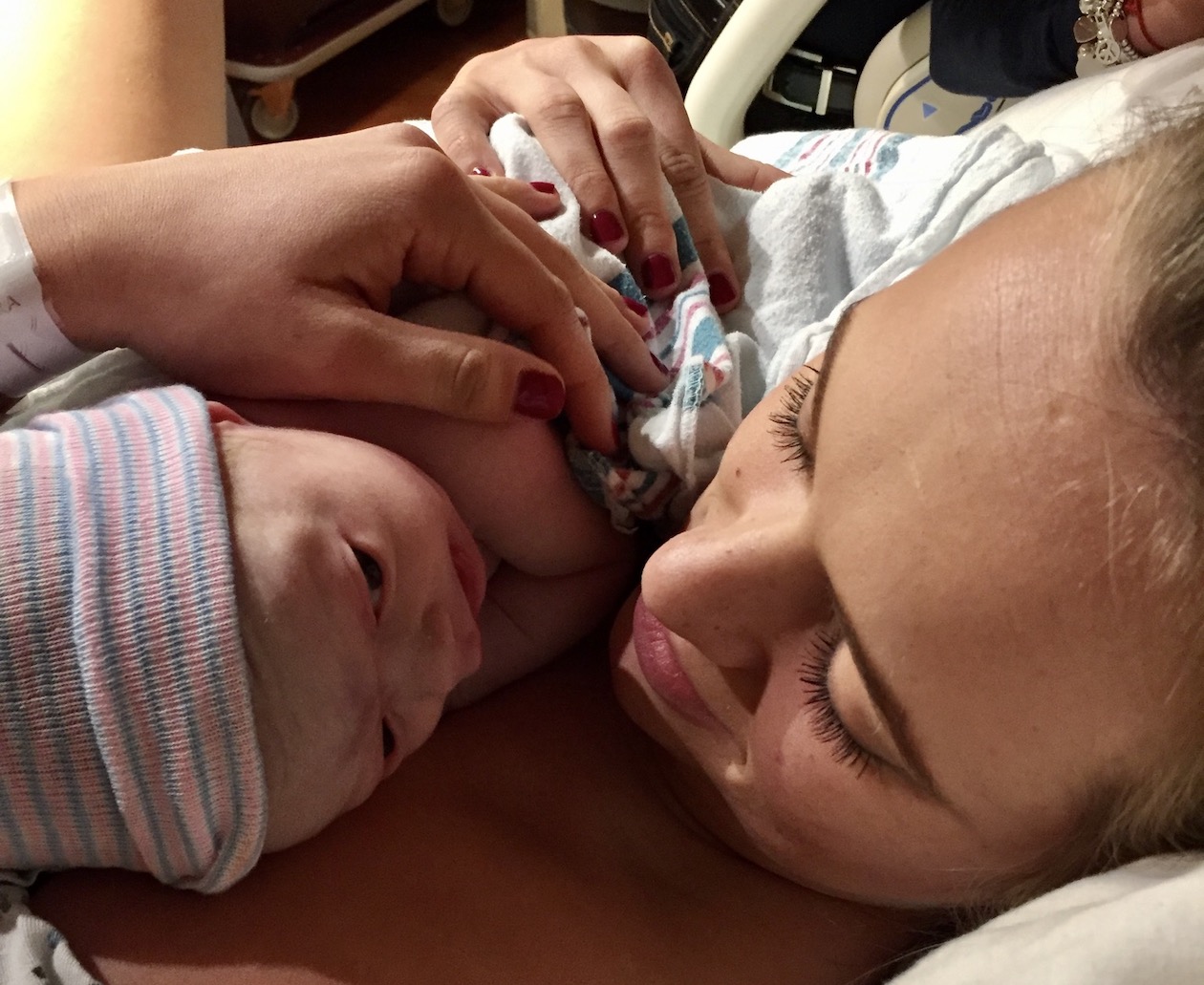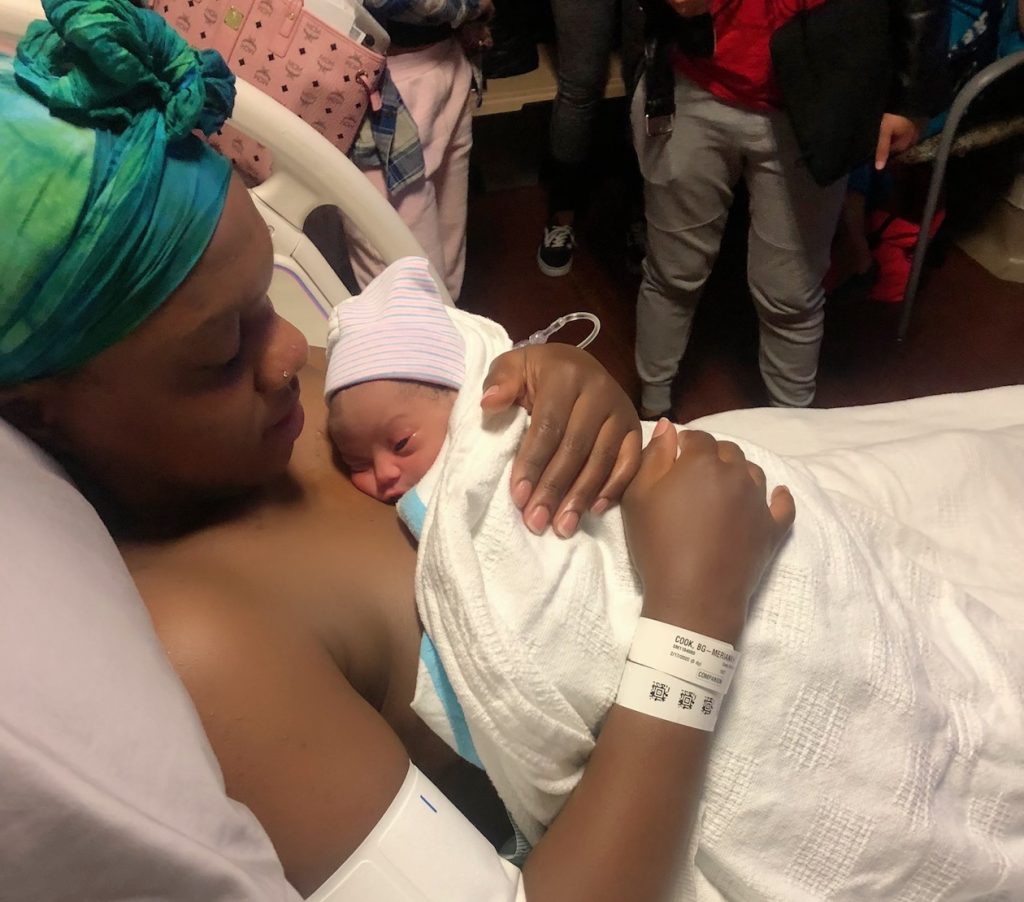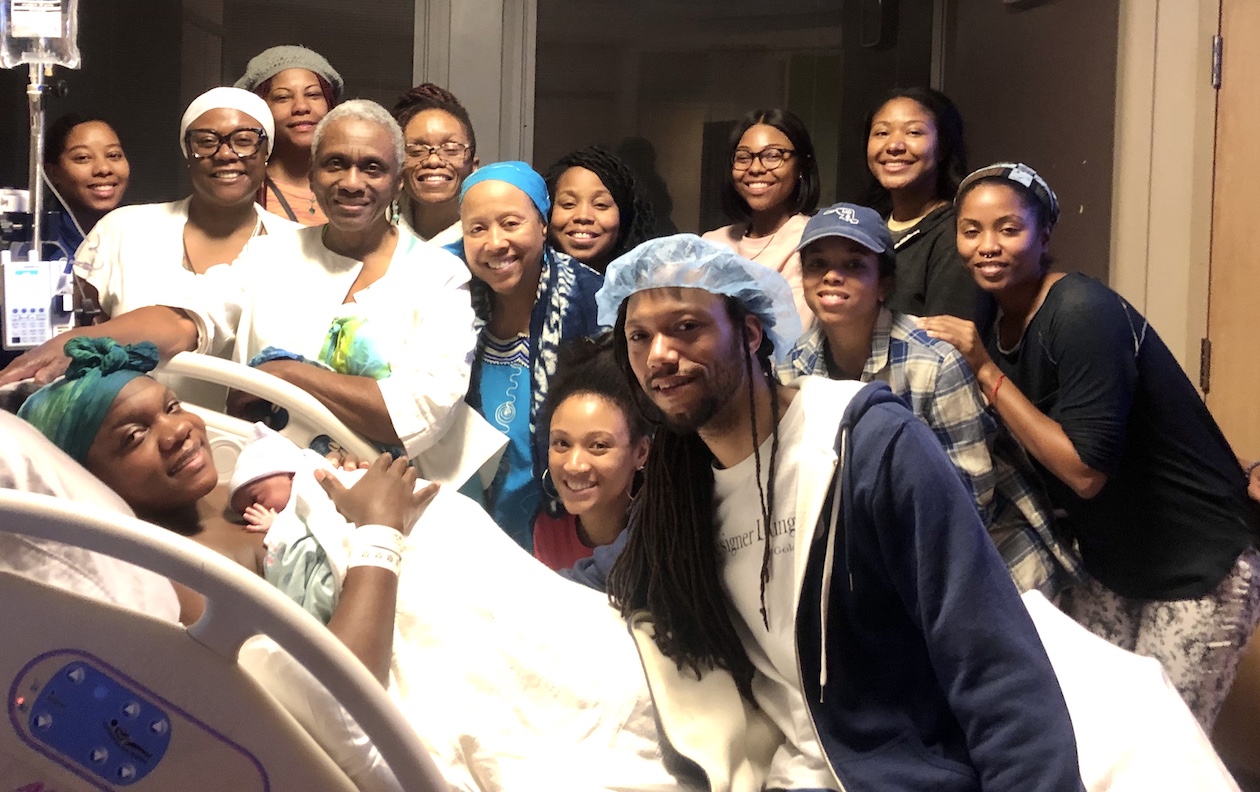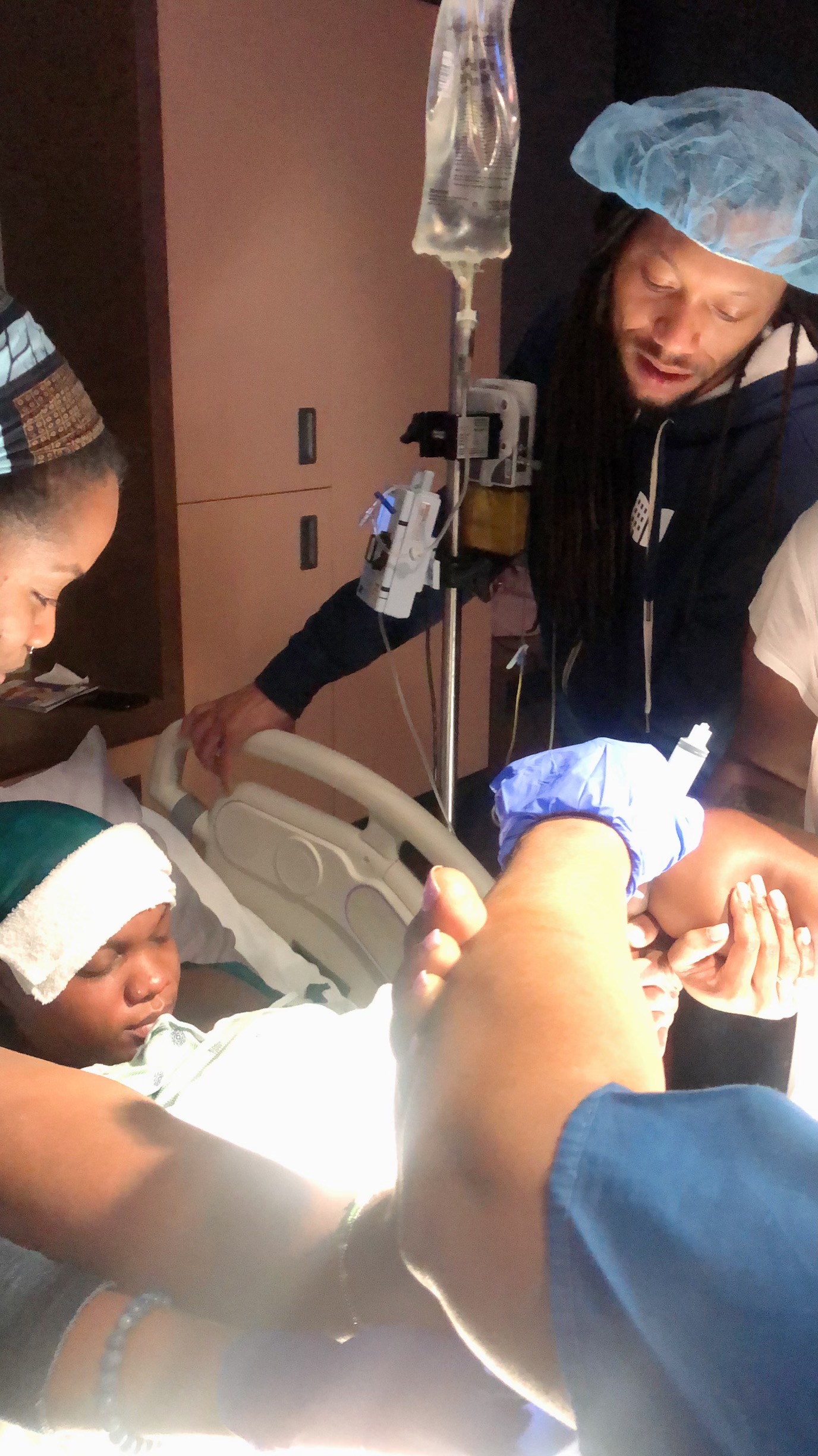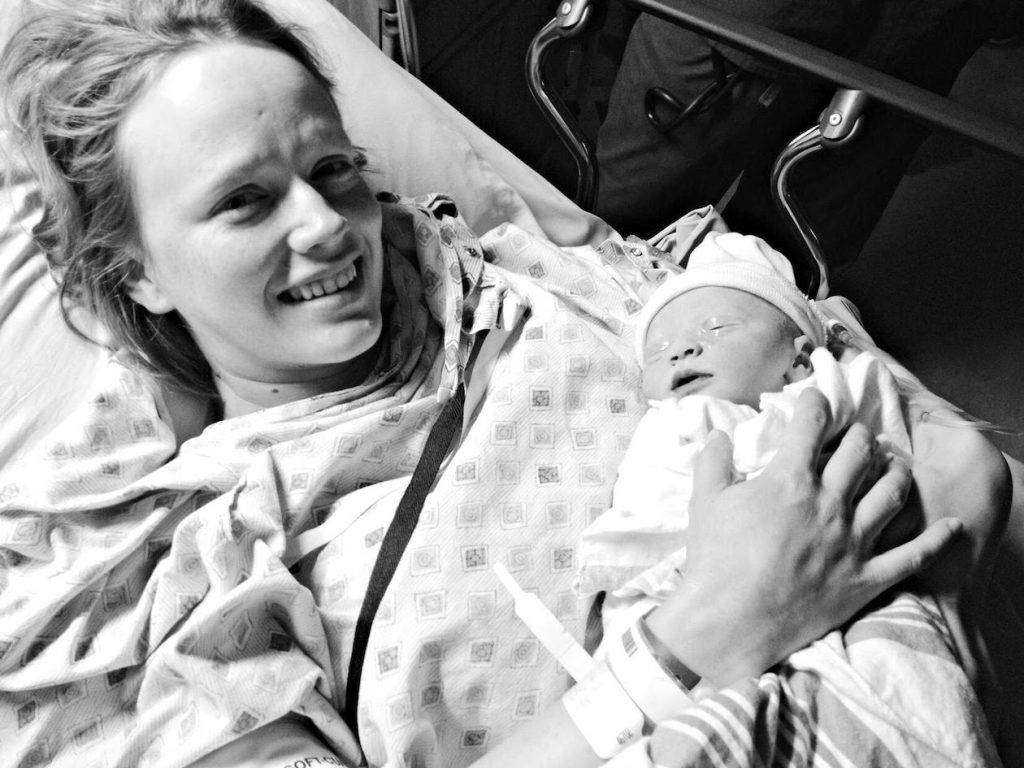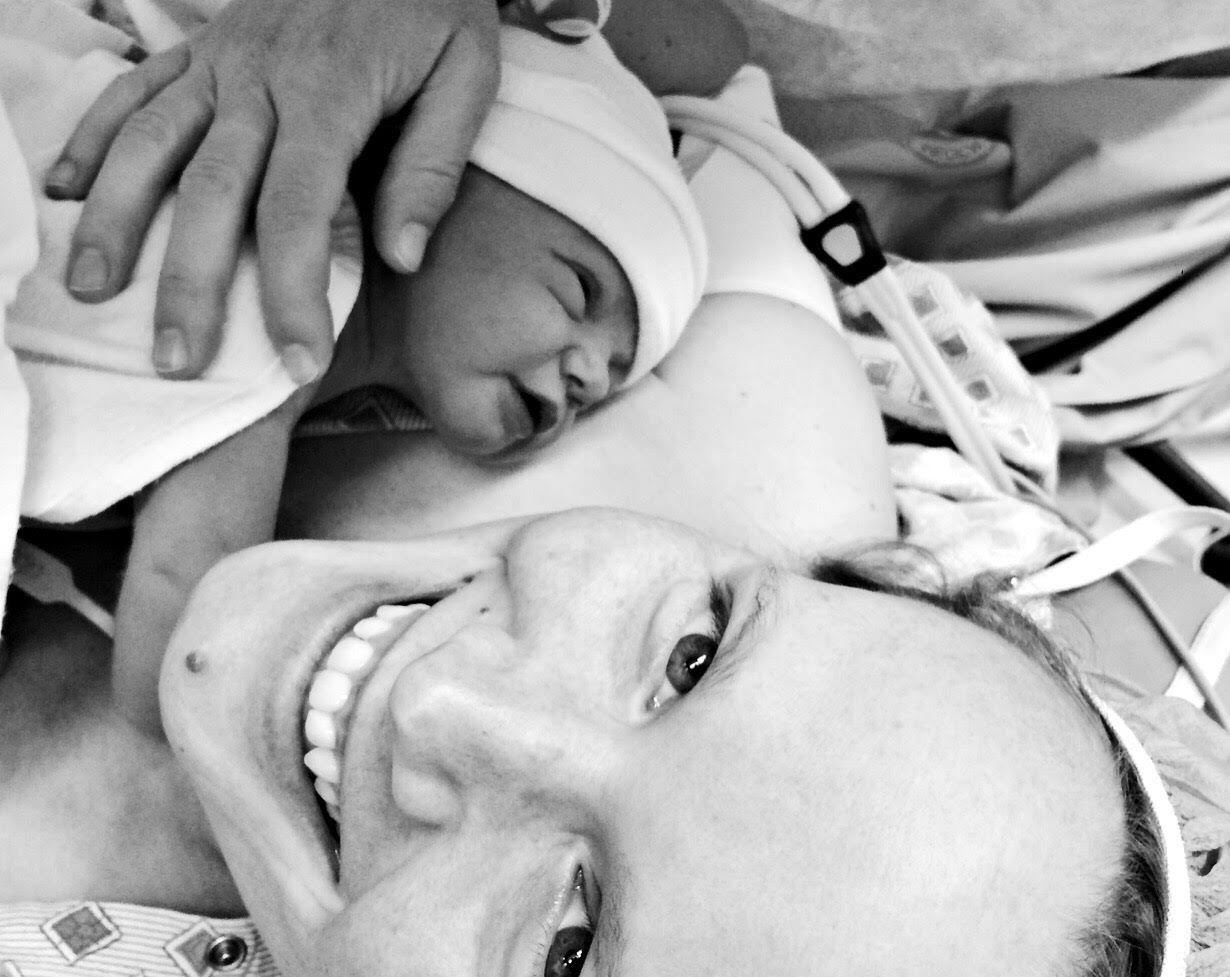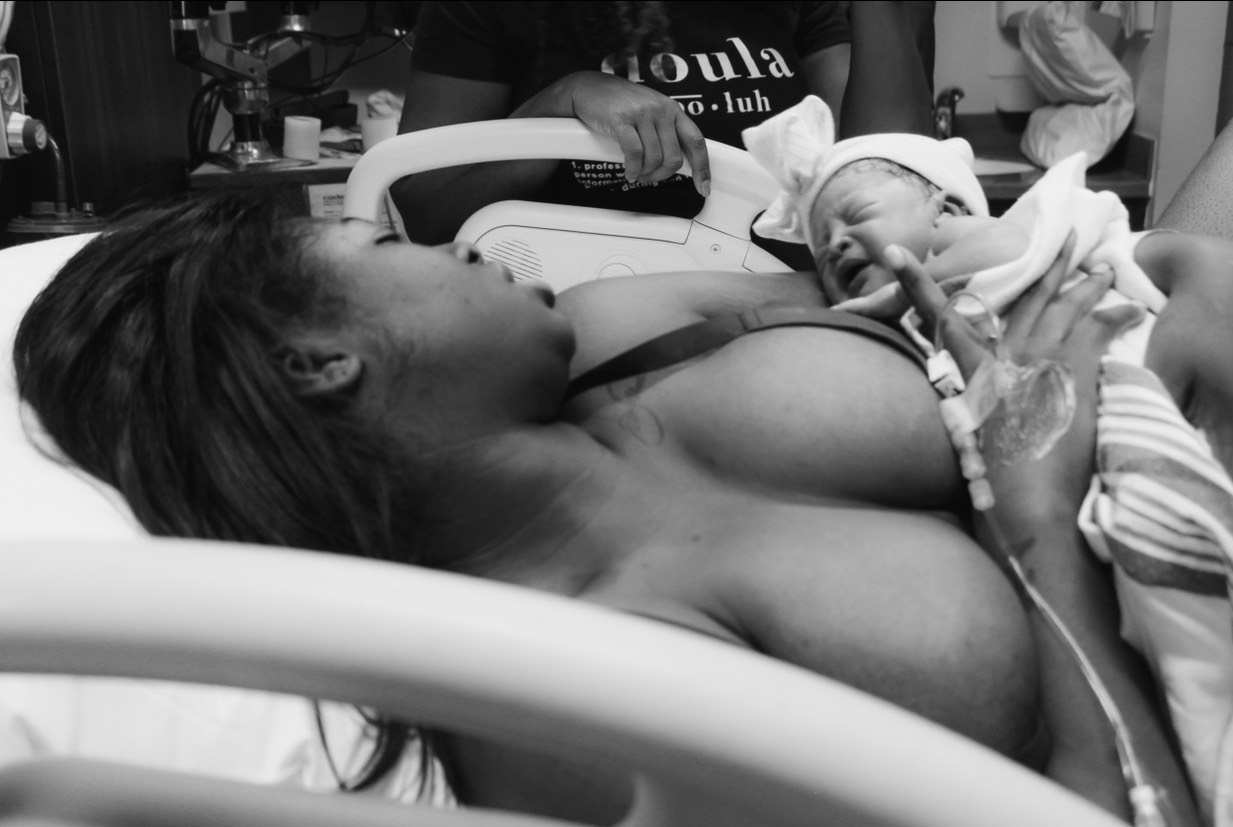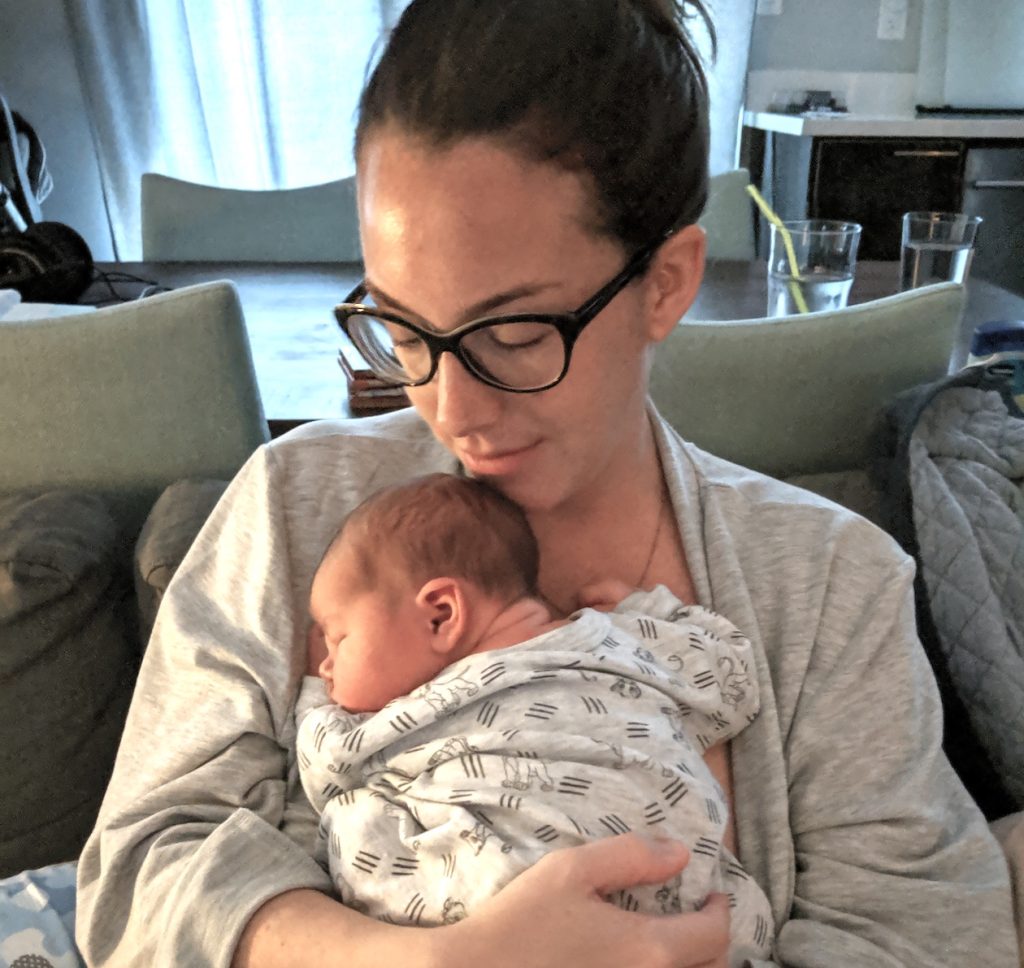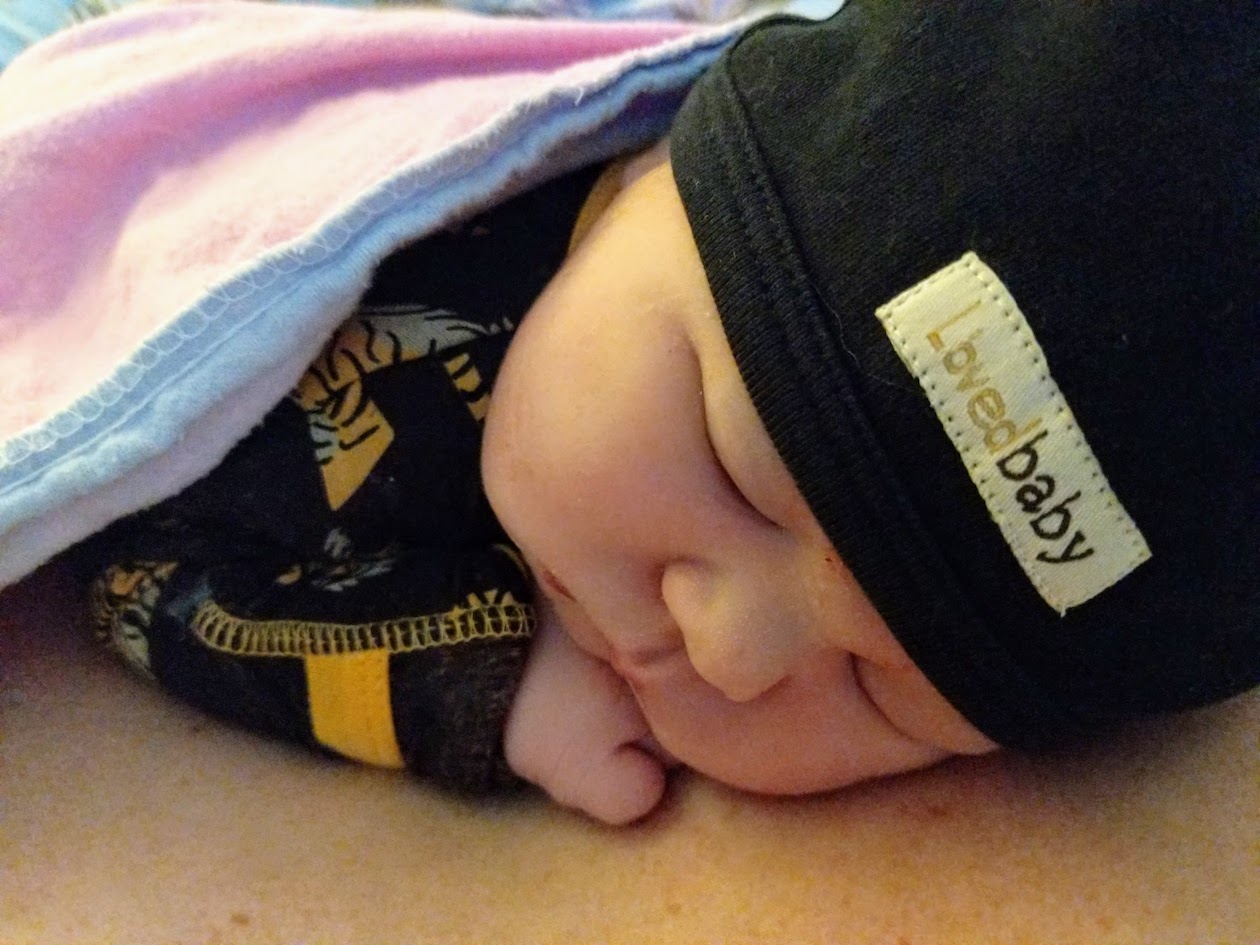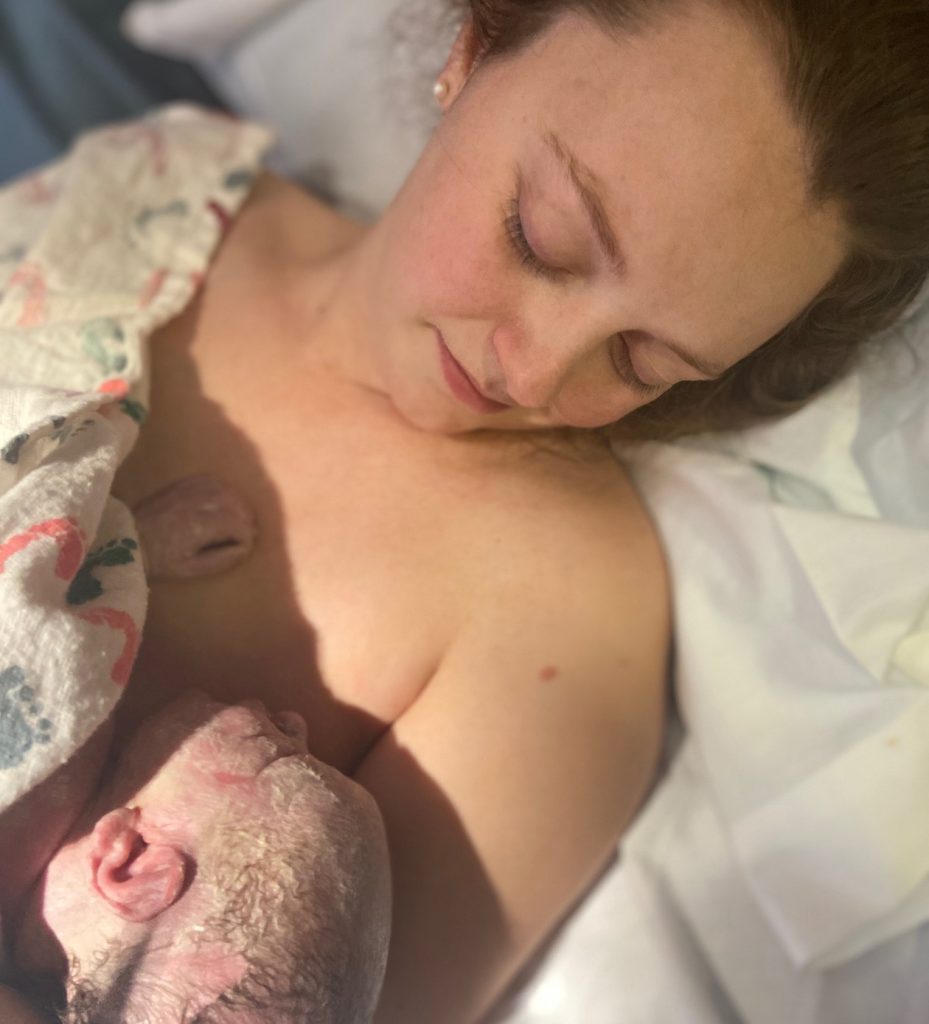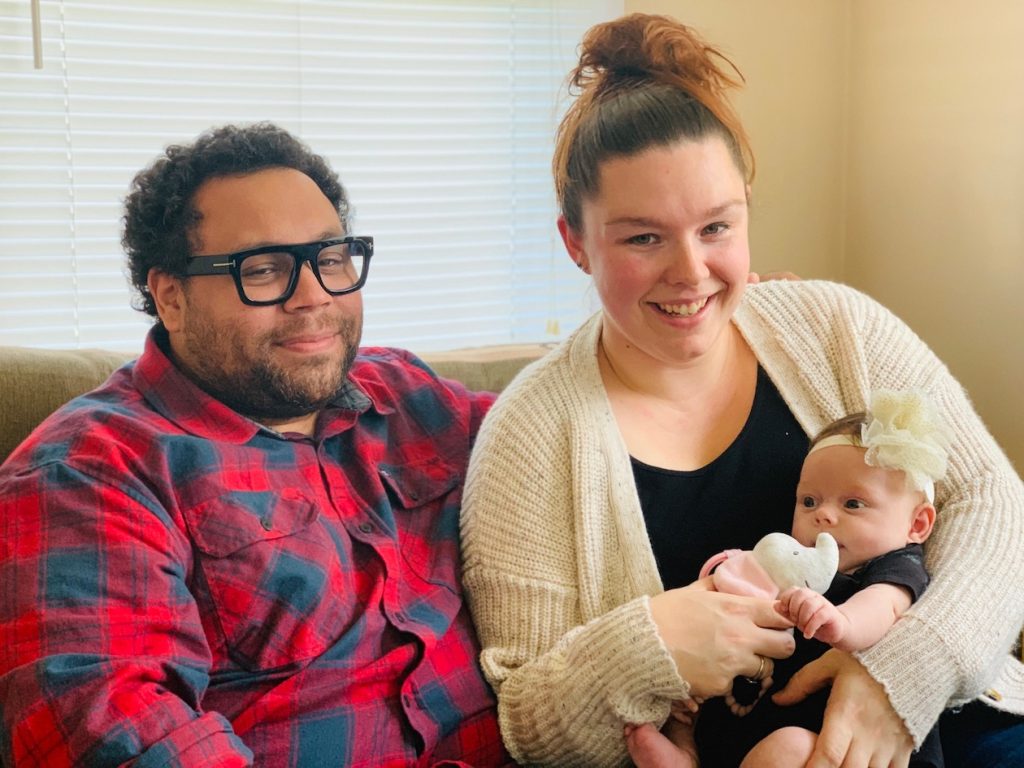Ok, so let’s talk about queasiness in pregnancy!
Everyone and every pregnancy is different when it comes to upset tummies—some of you might be queasy off and on for a few hours, while others wonder why it isn’t called “all day sickness?!” A lucky 24% of women don’t get this symptom at all and then they might worry why they aren’t having this symptom!
General Tips for Morning Sickness in Pregnancy
Here’s a few ways I’ve found helpful to deal with nausea.
- Eat smaller meals and snacks more frequently, rather than 3 big meals. Try to eat whole foods but if all you can stomach are some starchy carbs, go with it and hopefully it won’t last more than a few weeks! Potatoes are great for many women.
- Eat first thing. If mornings are worse for you, keeping snacks (like plain crackers) by your bed to eat first thing in the morning before even getting up can help! Also eating protein before bed that takes longer to digest can help.
- Don’t let yourself get hungry! Eat before you’re hungry, even if it’s a small snack.
- Eat mild foods that are more tolerable for your body. Spicy, fatty, or heavy foods may not sit as well, and take longer to digest. I love sandwiching protein in between really bland carbs like a croissant or tortilla.
- Stay hydrated. Lots of water is vital during the entire pregnancy, but sip it often throughout the day rather than chugging huge amounts at a time. Keep a water bottle nearby at work, in your car, and at your nightstand. Consider adding electrolytes as well.
- Experiment with your vitamins. Sometimes prenatal vitamins can affect queasiness so pay attention to whether you feel worse after you take yours and experiment with different prenatal vitamins if necessary. Try taking your vitamin right before bed rather than first thing in the morning, and see if it helps.
- Exercise. It sounds counter-intuitive, but sometimes a walk outside can do wonders. Breathing fresh air, enjoying the sunshine and having a good time can help take your mind off of your tummy and lift your nausea.
- Avoid Stress. I know, it’s easier said than done but aside from hormonal changes, stress/emotions are another potential cause for nausea.
- Invest in Quality Products:
- Be sure you’re getting enough B vitamins, particularly B6. If you have the MTHFR mutation, you’ll need a methylated version.
- Tea: Anything citrus-y or with ginger is great. I love Earth Mama’s Morning Wellness Tea.
- Sea Bands: many women swear by these and I did have success with them on a road trip when I was extra queasy.
- Essential oils—these can be a great additional tool in your toolbox when dealing with an unsettled tummy during pregnancy. Read on to learn more!
Two things to consider before using essential oils
Not every oil works the same for everyone
Essential oils are a great supplemental option to your wellness routine during pregnancy and if you’ve suffered from pregnancy induced digestive troubles or “morning sickness” then you know that you are likely willing to try anything to help ease the symptoms. Of course, essential oils are not a replacement for medical care and should be used as a complement to the care you receive from your doctor or midwife. If you are experiencing extreme nausea and vomiting you definitely need to let your care provider know.
Always consult your care provider
During pregnancy, it’s always a good idea to run any concerns by your care provider. You can also seek the advice of an aromatherapist or a midwife or doula that have extensive experience using essential oils with pregnant women.
8 essential oils for queasiness in pregnancy
1. Lemon
Lemon essential oil, like all citrus oils, is very uplifting and really helpful for women suffering from aversions to smell during pregnancy. Simple open a bottle of lemon and take some deep breaths or try using Lemon (and Citrus Fresh) in your water. Young Living’s vitality oils are safe to ingest and just one drop in your water can make a refreshing drink when it’s hard to keep much of anything down. You can also add lemon essential oil to your tea.
2. Lavender
Lavender is the jack of all trades when it comes to essential oils and can be used for SO many things during pregnancy. It’s super relaxing and calming and great for sleep support. It can also be calming to an upset stomach. Create a roller with lavender and apply it directly to your tummy or behind your ears. Lavender is also great to diffuse to bring feelings of relaxation and help you rest when you’re feeling exhausted and queasy. Take some deep breaths or try a guided meditation when using lavender essential oil for more relaxation.
3. Fennel Seed
For hundreds of years Fennel was used for digestive support and for balancing hormones during a woman’s menstrual cycle. So, it makes sense that it would help with hormone-related upset tummy during pregnancy. During my pregnancy, I used a blend from Young Living that contained fennel called Digize. I made a diluted roller and would rub it directly on my abdomen. You can also try a tea with fennel in it or even use the herb in your cooking. If you’re experiencing smell aversions, fennel may be too strong of a smell for you.
4. Peppermint
Peppermint essential oil has so many great uses during pregnancy including helping with smell sensitivities. You can simply open the bottle and sniff it or diffuse it along with a citrus, like lemon or orange. If you are using Young Living’s Peppermint Vitality which is ingestible, you can also apply one drop to your tongue and press your tongue to the roof of your mouth. Be sure to avoid contact with your eyes.
Note: Some people choose to avoid peppermint in late pregnancy because it can be used to reduce milk supply but I personally used it up until the end and had an abundant milk supply. Use your best judgment and consult your care provider.
5. Ginger
You’ve probably already heard that ginger helps with upset tummy caused by riding in a car or being on a plane or boat. It’s also great for general stomach discomfort. My mom used to always give me gingerale when I wasn’t feel well as a kid—not sure if it actually helped but it sure felt special in a house where sodas were never allowed. Ginger essential oil is another way you can support any queasy feelings. You can diffuse ginger essential oil, use it in a roller and apply topically to your tummy, or even put Ginger Vitality from Young Living in a capsule and take it when you feel your tummy churning coming on.
6. Digize
Digestion issues are pretty common during pregnancy and Digize, a blend of Tarragon, Ginger, Peppermint, Juniper, Lemongrass, Anise, and Patchouli oils, combines several of the oils we’ve already covered to aid in digestive support. Create a roller with Digize and use it during your first trimester on your tummy when you’re experiencing tummy troubles. You can also use Digize Vitality oil by putting a drop on your finger and applying to the insides of your cheeks. Be sure to eat frequent, small meals to help your tummy settle down as well.
7. Spearmint
Spearmint essential oil is a gentler alternative to peppermint and can be used without concern for affecting your milk supply in late pregnancy. Use it in the same ways you would use peppermint—diffuse, rub behind your ears or under your nose or put a drop on your tongue. Be sure to avoid contact with your eyes.
8. Thieves
Thieves Oil is a popular blend for immune support and when you’re suffering from an unsettled tummy and having trouble keeping down nutritious food, an extra boost for your immune system during pregnancy is never a bad idea. You’ll also want to be sure you’re getting plenty of rest and eating healthy food to support your immune system. Thieves contains Clove, Lemon, Cinnamon Bark, Eucalyptus Radiata, and Rosemary. Several of those oils are recommended to use with care and caution during pregnancy.
Also ensure you dilute Thieves and use it in moderation, rather than daily. I like to make 10ml roller with just 10 drops of Thieves essential oil and coconut oil and apply it to the bottoms of your feet or simply open the bottle and inhale. The scent of Thieves is really lovely (reminds me of the holidays) and can be great for smell aversions as well.
2 places to purchase essential oils
Local health store
Most local health stores and even many grocery stores carry essentials oils. Unfortunately, not all essential oils are created equal. The regulation around essential oils is pretty nonexistent so companies can claim to have a 100% pure essential oil when actually it’s packed with synthetics or diluted.
Through Young Living!
I had used several essential oils brands prior to getting pregnant and I didn’t realize the difference in quality between many oils you find on the shelves or online versus Young Living oils. You can tell a difference right away when you smell Young Living essential oils and their Seed to Seal commitment was what really sold me on exclusively using their oils. I actually visited their lavender farm in Utah recently and was blown away!
The best way to get your essential oils through Young Living is by becoming a wholesale member so you can order for yourself, whenever you want at the wholesale discount of 24% off. To become a member all you need to do is purchase a premium starter kit once. It’s a pretty great deal because you get a diffuser and 12 of their most popular oils including many of the ones mentioned here (peppermint, lavender, digize, lemon, and thieves are all included!).
Find out more
If you want to know more about how we are using essential oils in our life, you can check out this post. And if you’re ready to get started using essential oils with Young Living, check out this post on everything you need to know about the Starter Kit.
